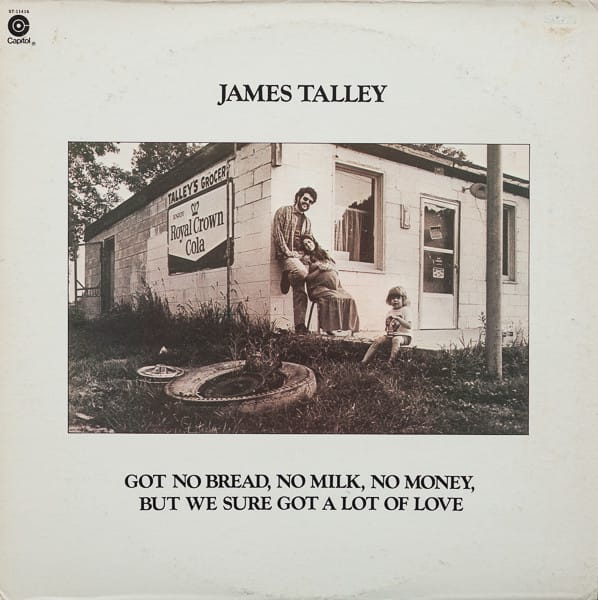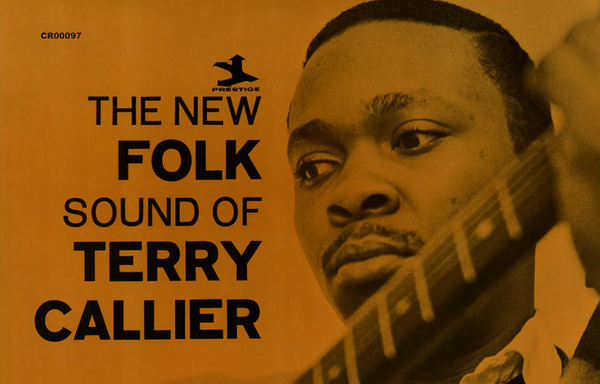Issue #110: "I Hope You Dance": On 25 Years Of Misunderstanding Lee Ann Womack

"I Hope You Dance" was inspired by a divorce. “For ‘I Hope You Dance,’ I had written the opening line, ‘I hope you never lose your sense of wonder,'” Tia Sillers told Songwriter Universe in 2001, the year after the song had become a megahit. “I had just broken up with someone, going through a brutal divorce. I needed to get away, so I went to a beach on the Florida Gulf Coast. Sitting on the beach and reflecting about the break-up, I felt so small and inconsequential. But out of this difficult time came the inspiration to write ‘I Hope You Dance.’ As I was leaving the beach, I remember thinking that things weren’t really so bad, that I would get through it. That’s when I came up with the line, ‘I hope you still feel small when you stand beside the ocean.'”
The life the song has had in the 25 years since, though, has far transcended its heartbroken origins. Shrouded in schmaltz (the opening synth line is really something else), "Dance" became a generic "inspirational" anthem — a monster hit, to be sure, the very biggest of Womack's career by a mile, but more utilitarian, something for funerals and father-daughter dances, than a true indication of Womack's status as one of the best country artists of the 21st century.
The song doesn't move me. It's too Disney (does anyone else hear "Colors of the Wind"?), too vague to conjure real emotion; it also sounds extremely dated in a less-than-ideal way, evidence that the hard turn towards corny in country did actually happen pre-9/11, lest we forget.
Mostly, it frustrates me because it's meant that too many people think of Lee Ann Womack (or Lee Ann Wombat) as a one-hit-wonder who made adult-contemporary slop. Even just on the I Hope You Dance album, there are bangers — "I Feel Like I'm Forgetting Something," co-written by Womack herself, is a personal favorite, and a Charlie Robison composition, songs by Buddy and Julie Miller and an impeccable Don Williams cover (what we in the biz call "good corny") are just a few of the non-"Dance" tunes on the tracklist that would probably be deemed hard country by today's standard.
She's as East Texas, real-deal country as they come; anyone who has heard her singular version of "Long Black Veil" knows that much. Seeing her live is transcendence — her singing is on par with that of the very best the genre has to offer, instantly recognizable and yet steeped in tradition. Womack hasn't made a bad album — the one that followed I Hope You Dance, where her label was trying to chase that success, might be close — and yet has been basically held at arm's length by country radio since "Dance," being ultimately compelled into the not-so-welcoming arms of Americana fans (to whom, I have to imagine, she was mostly thought of as the "I Hope You Dance" lady) with the stellar The Lonely, The Lonesome & The Gone (around which I wrote this story). Too country for country radio, not hip enough for Americana — now we haven't gotten new music from Lee Ann in way too long, probably at least partially because of the stupidity of this industry and format (though she's flourishing on IG).
I might pull together a "Converting the Skeptics" on Lee Ann, though I think many of our readers are already in the elite crew of Lee Ann Believers (or those who follow the L.A.W. as it were). If you're not, just give a Lee Ann album a spin (preferably one of the first two or the last four) and tell me it's not gold.
Don't Rock The Inbox is a women and worker-owned publication about all things country music.





